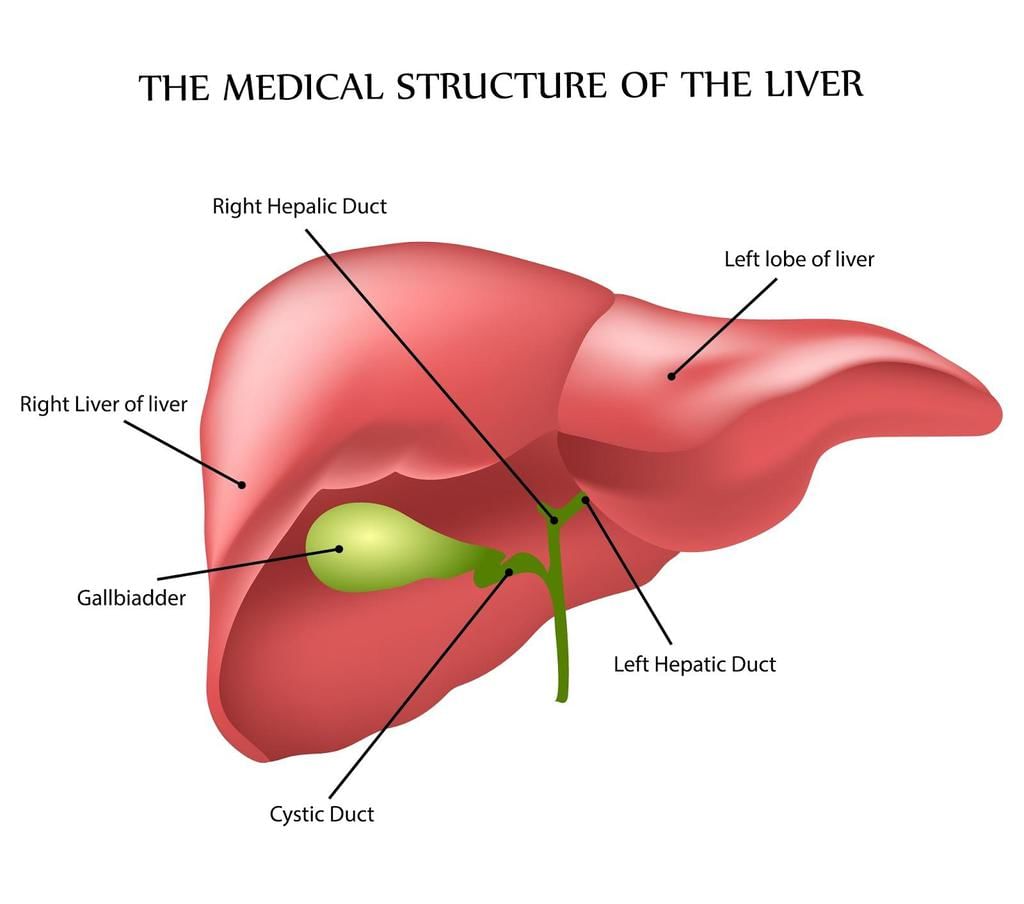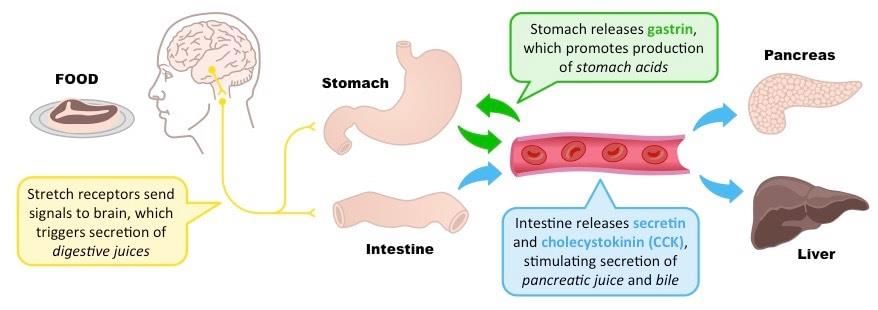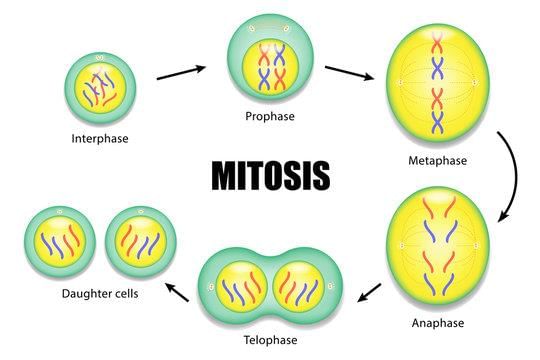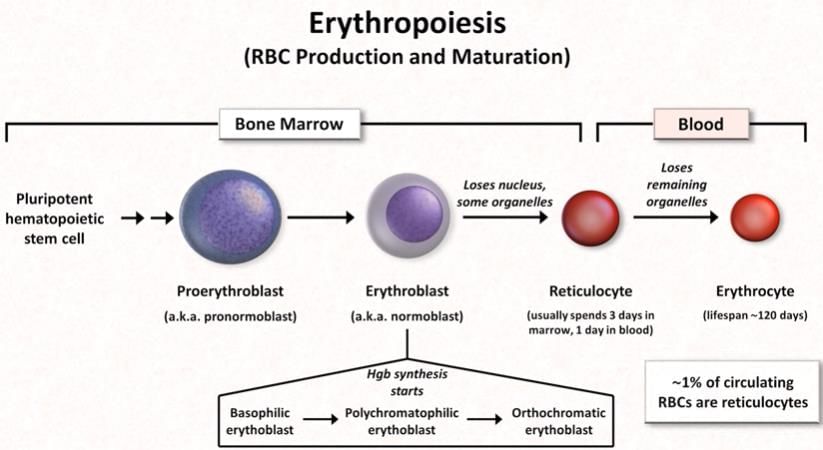NEET Exam > NEET Tests > AFMC Biology Mock Test - 2 - NEET MCQ
AFMC Biology Mock Test - 2 - NEET MCQ
Test Description
30 Questions MCQ Test - AFMC Biology Mock Test - 2
AFMC Biology Mock Test - 2 for NEET 2025 is part of NEET preparation. The AFMC Biology Mock Test - 2 questions and answers have been prepared
according to the NEET exam syllabus.The AFMC Biology Mock Test - 2 MCQs are made for NEET 2025 Exam.
Find important definitions, questions, notes, meanings, examples, exercises, MCQs and online tests for AFMC Biology Mock Test - 2 below.
Solutions of AFMC Biology Mock Test - 2 questions in English are available as part of our course for NEET & AFMC Biology Mock Test - 2 solutions in
Hindi for NEET course.
Download more important topics, notes, lectures and mock test series for NEET Exam by signing up for free. Attempt AFMC Biology Mock Test - 2 | 50 questions in 30 minutes | Mock test for NEET preparation | Free important questions MCQ to study for NEET Exam | Download free PDF with solutions
Detailed Solution for AFMC Biology Mock Test - 2 - Question 1
AFMC Biology Mock Test - 2 - Question 2
Lathyrism due to consumption of khesri dal is characterised by:
Detailed Solution for AFMC Biology Mock Test - 2 - Question 2
Detailed Solution for AFMC Biology Mock Test - 2 - Question 3
Detailed Solution for AFMC Biology Mock Test - 2 - Question 4
Detailed Solution for AFMC Biology Mock Test - 2 - Question 5
AFMC Biology Mock Test - 2 - Question 6
Which part of the mammalian alimentary canal does NOT secrete any enzyme?
Detailed Solution for AFMC Biology Mock Test - 2 - Question 6
Detailed Solution for AFMC Biology Mock Test - 2 - Question 7
Detailed Solution for AFMC Biology Mock Test - 2 - Question 8
Detailed Solution for AFMC Biology Mock Test - 2 - Question 9
Detailed Solution for AFMC Biology Mock Test - 2 - Question 10
Detailed Solution for AFMC Biology Mock Test - 2 - Question 11
Detailed Solution for AFMC Biology Mock Test - 2 - Question 12
Detailed Solution for AFMC Biology Mock Test - 2 - Question 13
Detailed Solution for AFMC Biology Mock Test - 2 - Question 14
Detailed Solution for AFMC Biology Mock Test - 2 - Question 15
Detailed Solution for AFMC Biology Mock Test - 2 - Question 16
Detailed Solution for AFMC Biology Mock Test - 2 - Question 17
Detailed Solution for AFMC Biology Mock Test - 2 - Question 18
Detailed Solution for AFMC Biology Mock Test - 2 - Question 19
AFMC Biology Mock Test - 2 - Question 20
A couple has 6 children, 5 are girls and 1 is a boy. The percentage of having a girl child next time is:
Detailed Solution for AFMC Biology Mock Test - 2 - Question 20
Detailed Solution for AFMC Biology Mock Test - 2 - Question 21
Detailed Solution for AFMC Biology Mock Test - 2 - Question 22
Detailed Solution for AFMC Biology Mock Test - 2 - Question 23
Detailed Solution for AFMC Biology Mock Test - 2 - Question 24
Detailed Solution for AFMC Biology Mock Test - 2 - Question 25
Detailed Solution for AFMC Biology Mock Test - 2 - Question 26
Detailed Solution for AFMC Biology Mock Test - 2 - Question 27
Detailed Solution for AFMC Biology Mock Test - 2 - Question 28
Detailed Solution for AFMC Biology Mock Test - 2 - Question 29
AFMC Biology Mock Test - 2 - Question 30
Animals devoid of respiratory, excretory and circulatory organs are:
Detailed Solution for AFMC Biology Mock Test - 2 - Question 30
View more questions
Information about AFMC Biology Mock Test - 2 Page
In this test you can find the Exam questions for AFMC Biology Mock Test - 2 solved & explained in the simplest way possible.
Besides giving Questions and answers for AFMC Biology Mock Test - 2, EduRev gives you an ample number of Online tests for practice
Download as PDF




















